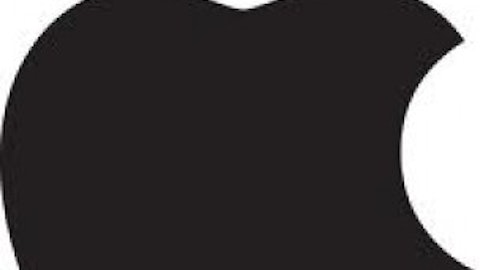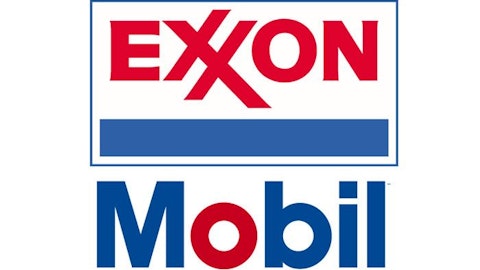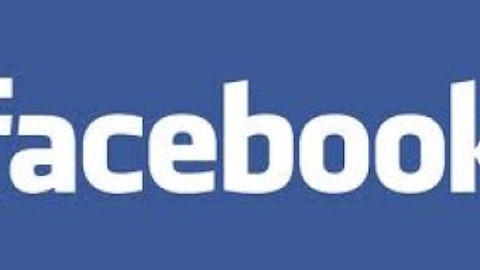Nokia Corporation (ADR) (NYSE:NOK), once a leading manufacturer of mobile phones, is currently struggling to get back on its feet after losing much of its market share to the iOS and Android platforms over the last couple of years. Once a dominant force in the mobile phone industry, Nokia is currently not even in the top 5 smartphone manufacturers in terms of Q1 2013 shipments. Apple Inc. (NASDAQ:AAPL)’s iPhone, Google Inc (NASDAQ:GOOG)‘s Android-based smartphones and Research In Motion Ltd (NASDAQ:BBRY)‘s BlackBerry smartphones have done the most damage to Nokia Corporation (ADR) (NYSE:NOK) in the last few years.
While Apple and BlackBerry used their own software along with their hardware, other companies, including Samsung and Sony Corporation (ADR) (NYSE:SNE), shook hands with Google for its Android OS. Nokia, on the other hand, partnered with Microsoft Corporation (NASDAQ:MSFT) for the use of the Windows Mobile OS. Using Google Inc (NASDAQ:GOOG)’s Android OS is finally paying off for most manufacturers as the Android platform has most of the market, while Nokia Corporation (ADR) (NYSE:NOK) hasn’t done that well, especially with its first generation of Lumia smartphones.
Valuation
With a market cap of over $14 billion, the Finnish company is currently trading between $3.50-$4.00. The company’s stock has been relatively stable in 2013, avoiding any major ups and downs, staying in the range of around $3 to $4.50. Aside from the fact that Nokia is still playing catch up in the smartphones market, the company’s last earnings report also didn’t result in any investor confidence, as the company reported losses of $196 million for the quarter. After briefly enjoying profits in Q4 2012, Nokia Corporation (ADR) (NYSE:NOK)’s last-quarter loss means that the company has had losses in 7 quarters over the last 2 years. Despite the Lumia smartphones picking up the pace and reaching 5.6 million shipments, Nokia’s total sales fell, overshadowed by its declining mobile phones division.
While Nokia Corporation (ADR) (NYSE:NOK) has been struggling since smartphones came into town, Research In Motion Ltd (NASDAQ:BBRY) did quite well in the smartphones market for a couple of years, but now finds itself in a similar position as Nokia. BlackBerry, with a market cap of over $7 billion, has been trading between $13.50 and $14.50.
Apple Inc. (NASDAQ:AAPL), after starting a revolution in mobile phones, has also been struggling after its global market share fell below 20%. The company, with a market cap of over $388 billion, is trading around $413. Earlier this year, Apple hit below the $400 mark as investors started losing their patience; however, the company went up to $450 after its last earnings report promised investors a better return by adapting a new repurchase scheme and increasing per share dividends.
What Went Wrong With Nokia?
The transition from mobile phones to smartphones was probably one of the biggest factors that affected Nokia Corporation (ADR) (NYSE:NOK). After the death of Nokia’s Symbian platform, the company has been struggling, not just with the Windows OS but also with platforms like Meego and Maemo, which Nokia briefly used before partnering with Microsoft Corporation (NASDAQ:MSFT).
Apple Inc. (NASDAQ:AAPL)’s iPhone did most of the damage to Nokia Corporation (ADR) (NYSE:NOK) and other manufacturers in the industry. While Apple proved to be the best in making touchscreen smartphones after the launch of its iPhone, Research In Motion Ltd (NASDAQ:BBRY) focused on the corporate world with its own features including its BBM and Email service.
The lack of innovation is another crucial factor that severely affected the company. Even after announcing its partnership with Microsoft Corporation (NASDAQ:MSFT), Nokia was behind in the smartphones market, which is why the first generation of Lumia phones were released soon after the partnership, without major research and developments. Nokia’s slow reaction to newer technology was also a major factor, especially in regards to touch screen or the multiple SIM technology.
Current Strengths
One of Nokia Corporation (ADR) (NYSE:NOK)’s current strength lies with Microsoft Corporation (NASDAQ:MSFT)’s Windows Phone 8 OS, which has been doing relatively well. Nokia’s 2nd generation of Lumia smartphones have definitely done quite well, especially if compared to the previous Lumia phones. However, Nokia Lumia sales are still quite weak compared to Apple’s over 47 million iPhone shipments or Research In Motion Ltd (NASDAQ:BBRY)’s 6.3 million shipments for the quarter. This might not happen anytime soon, but after Apple Inc. (NASDAQ:AAPL) loses some of its market share, there might be a time when Google Inc (NASDAQ:GOOG)’s Android OS struggles in the smartphone market–and that’s a place where the WP8 OS can capitalize.
Apple’s iOS platform is still pretty much what it used to be in 2007. Research In Motion Ltd (NASDAQ:BBRY)’s CEO also believes that Apple has been using the similar OS for quite some time now, without any major improvements. Even though the iOS 7 has a lot of potential, the Windows Phone fever might finally pick a pace, which Nokia Corporation (ADR) (NYSE:NOK) could capitalize on as it dominates the market for Windows OS phones.






